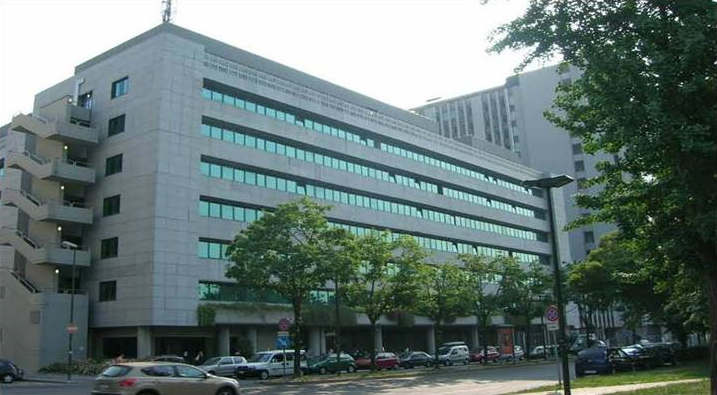Computerization of Production
Vertical and horizontal
We need to move from a television production model based on vertical supply chains to a horizontal integration. From an organizational and technological structure based on separate joints and specialized on a particular distribution channel, to an integrated model capable of producing and distributing content on heterogeneous channels.

Because this transition is fulfilled it is necessary for the production infrastructures evolve towards a progressive computerization of the audiovisual signal processing chain. Content management should be based on the exchange of files across computer networks, agnostic than video parameters of the transported content. To ensure interoperability between systems and to minimize the overhead imposed by the format change has, however, need to carefully govern the selection and evolution of the formats supported, with particular attention to audio coding systems and video and the format of encapsulation in files.
New systems for the computerized management of the video
Manufacturers have already perceived the need for technology change.
In fact, the major players in the industry offering registration systems based on computer type media (solid state memory, Blu-ray, hard disk) that, in addition to being used in traditional video mode, allow you to interface with computer systems and to download content directly in the form of files.
The computerized management of the video also favors the simultaneous insertion of metadata for the description of the content and processes. Now is the real key to improving the efficiency of processing flows and to leverage on the signal format flexibility that characterizes information technology, facilitating content reuse and automation of processes.
Experiments and achievements
The activities of the Research Centre in this scenario is aimed at testing the most promising technologies and architectures.
Set up a video server captures standard definition and HD signals and save them as files according to various user-defined encoding profiles. The same apparatus can also be used to make the playback of files according to a variety of common formats.
They made for compatibility between the files in MXF (Material Exchange Format) products from major manufacturers and they implementative the gaps were highlighted, which led to the establishment of a study group in the field EBU: P / HIPS (Harmonisation and Interoperability of HDTV Production Standards).
Also as part EBU has contributed to the definition of various standards in the management of metadata, and there is activity on the study of innovative architectures for the integration of complex systems based on SOA (Service Oriented Architecture), organized as joint Task Force, EBU and AMWA, led by the research Centre.
References
- R. Del Pero, G. Dimino, M. Stroppiana, “Catalogo Multimediale: l’esperienza Rai”, Elettronica e Telecomunicazioni, n. 1, Aprile 2000.
- C. Anderson, “The Long Tail” Wired, October 2004.
- A. Messina, R. Borgotallo, G. Dimino, L. Boch, D. Airola Gnota, “An Automatic Indexing System for Television Newscasts”, IEEE ICME 2008, Hannover, June 2008.
- R. Borgotallo, G. Dimino, A. Messina, “ANTS: a complete system for automatic news programme
annotation based on audiovisual content and text analysis”, EBU Technical Review nr. 313, Geneva, March 2008. - A. Messina, M. Montagnuolo, “A Generalised Cross-Modal Clustering Method Applied to Multimedia News Semantic Indexing and Retrieval”, 18th International Conference on World Wide Web, Madrid, April 2009.
- M. Montagnuolo, M. Ferri, A. Messina, “HMNews: an Integrated System for Searching and Browsing Hypermedia News Content”, HyperText 2009, Torino, June 2009.
- L.R. Rabiner, “A tutorial on hidden Markov models and selected applications in speech recognition”, Proceedings of the IEEE, February 1989, Volume: 77, Issue: 2, page(s): 257-286.
- F. Brugnara, M. Cettolo, M. Federico, D.Giuliani, “A system for the segmentation and transcription of Italian radio news”, in
Proceedings of RIAO, Content-Based Multimedia Information Access, Paris, France, 2000. - R. Basili, M. Cammisa, E. Donati, “RitroveRAI: A Web Application for Semantic Indexing and Hyperlinking of Multimedia News”, in Proc. of “International Semantic Web Conference”, Lecture Notes in Computer Science, LNCS 3279, 97-111, Springer, 2005.
Related Projects

Active project
System for scanning News
Digital production of computerized News is under construction. The production model of news and associated headings is based on the exploitation of contents acquired not long before publication. In fact a certain theme is “hot” for a few days, until it is overtaken by some new event.